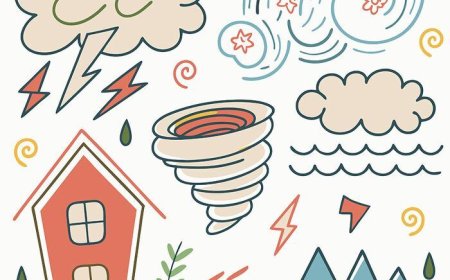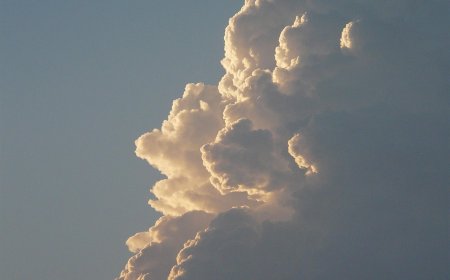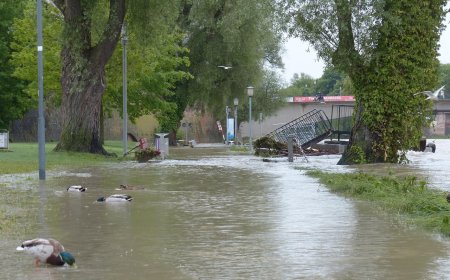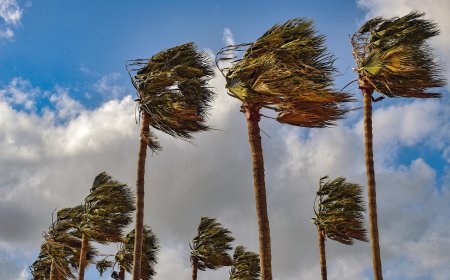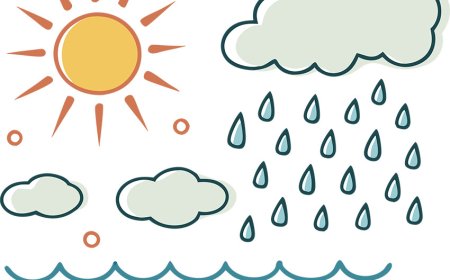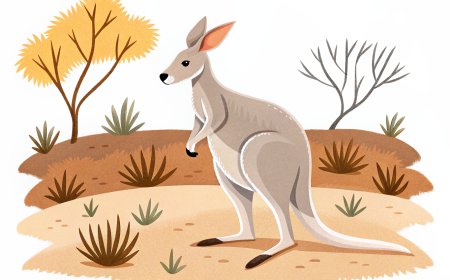Drought Facts for Kids – When the Rain Stops and the Land Dries Out
Learn about droughts for kids. Discover what causes droughts, how they affect the environment and people, and what we can do to prepare and protect water resources.
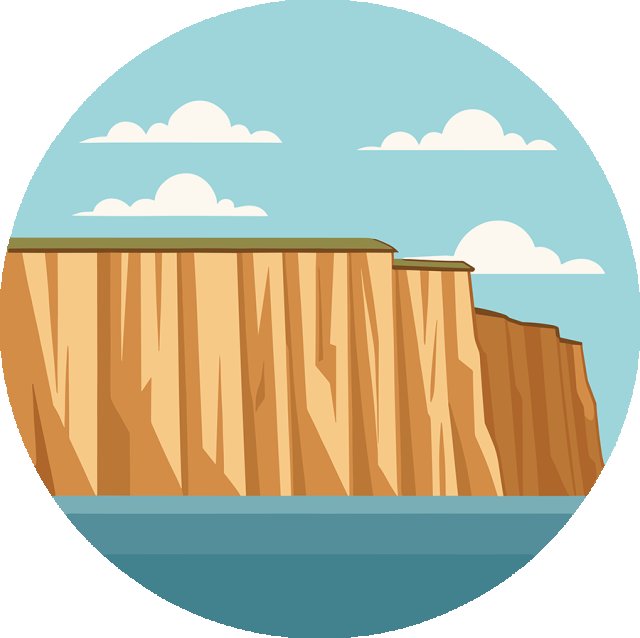
🧭 Introduction
A drought happens when a place doesn't get enough rain or snow for a long time. It's a slow-moving disaster that can sneak up on us and last for weeks, months, or even years. Droughts cause the land to dry out, crops to wither, and lakes and rivers to shrink. They also lead to water shortages for people, animals, and plants. While droughts don't have loud thunder or rushing winds like storms, they are just as dangerous-especially when they affect food supplies and the environment. Learning about droughts helps us understand how important water is and how we can protect it.
🌞 What Is a Drought?
A drought is a long period of little or no rainfall, which leads to dry soil, empty rivers, and dying plants. Droughts are different from other natural disasters because they don't happen all at once. They develop slowly, making them harder to spot until the effects are severe.
Droughts affect:
-
Farms and crops - Not enough water to grow food
-
People - Limits water use for drinking, bathing, or cooking
-
Wildlife - Animals may leave or die without water
-
Lakes and rivers - Water levels drop and may dry out completely
☀️ What Causes a Drought?
Droughts are caused by less precipitation than usual and certain weather patterns. Some common causes include:
-
Lack of rainfall - The most basic cause; it simply doesn't rain enough.
-
High temperatures - Hot weather dries out the land faster.
-
Climate patterns - Events like El Niño can change rainfall around the world.
-
Deforestation - Fewer trees mean less moisture is returned to the air.
-
Overuse of water - Using too much water for farming, homes, or factories can make drought worse.
Droughts can affect both dry and normally wet regions if the conditions last long enough.
🌍 Types of Drought
There are several types of drought, depending on what is affected:
1. Meteorological Drought
-
Happens when an area gets less rainfall than normal
-
May not seem bad at first, but it's the first stage
2. Agricultural Drought
-
Affects farms and crops due to dry soil
-
Plants may wilt, die, or produce less food
3. Hydrological Drought
-
Affects lakes, rivers, and groundwater
-
Water levels fall below normal, causing shortages
4. Socioeconomic Drought
-
Happens when a drought affects people and businesses
-
Water prices rise, farming jobs are lost, and food becomes scarce
🌾 Effects of Drought
Droughts can have serious impacts on both nature and people:
-
Crops fail, leading to less food and higher prices
-
Livestock suffer from lack of water and food
-
Wildfires become more common in dry forests and grasslands
-
Rivers and lakes shrink, affecting fish and water sports
-
Dust storms can blow across dry fields
-
People may have to move or live with less water
Droughts can also weaken soil, making it hard to grow plants even after rain returns.
💧 Drought Safety and Water Conservation
We can't stop droughts, but we can prepare and use water wisely. Here's how:
-
Conserve water - Turn off taps, fix leaks, and water plants only when needed
-
Use drought-resistant plants in gardens
-
Collect rainwater in barrels for later use
-
Follow local rules about watering and water usage during droughts
-
Be aware of drought warnings and avoid outdoor fires
Communities may also build reservoirs and water-saving systems to help prepare for long dry periods.
📚 Vocabulary Words
| Word | Definition |
|---|---|
| Drought | A long period of little or no rainfall |
| Precipitation | Rain, snow, or any form of water that falls from the sky |
| Soil | The top layer of Earth where plants grow |
| Conservation | Using something carefully so it doesn't run out |
| Wildfire | A large fire that spreads quickly through dry areas |
💡 Interesting Facts About Droughts
-
The Dust Bowl of the 1930s was one of the worst droughts in U.S. history.
-
Some droughts have lasted over a decade in parts of Africa and Australia.
-
Trees and plants can go dormant during a drought to save energy and water.
-
Animals migrate to new places to find water when drought strikes.
-
NASA satellites monitor droughts from space by tracking soil moisture and water loss.
👧 Kid-Friendly Summary
Droughts happen when it doesn't rain for a long time. The land gets dry, plants can't grow, and animals and people don't have enough water. Droughts can cause big problems, but we can help by saving water and protecting the environment. Even small actions-like turning off the faucet-can make a big difference!
✅ Interactive Quiz
Q1: What is a drought?
A. A strong windstorm
B. A long time without rain
C. A winter storm
D. A flood
Q2: Which activity helps during a drought?
A. Letting the faucet run
B. Watering the lawn every day
C. Fixing leaky taps
D. Washing your car often
Q3: What is precipitation?
A. Warm air
B. Sunshine
C. Water that falls from the sky
D. Dirt and dust
Q4: What do plants need that is missing during a drought?
A. Snow
B. Light
C. Water
D. Music
Q5: What is one danger that increases during a drought?
A. Snowstorms
B. Lightning
C. Wildfires
D. Fog
Scoring:
5/5 = 🌵 Drought Defender
3–4 = 💧 Water Saver
1–2 = 📘 Conservation Cadet


















































